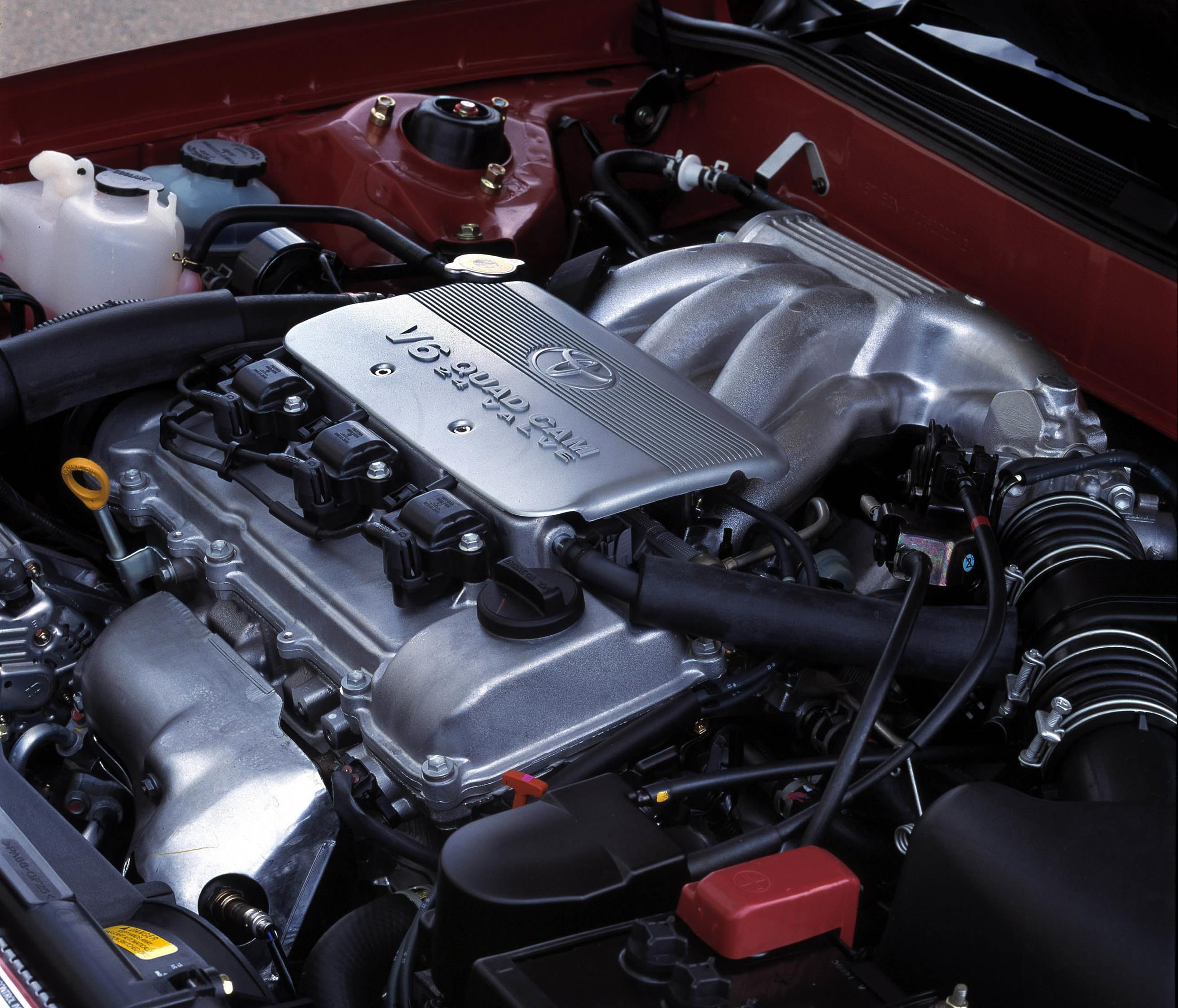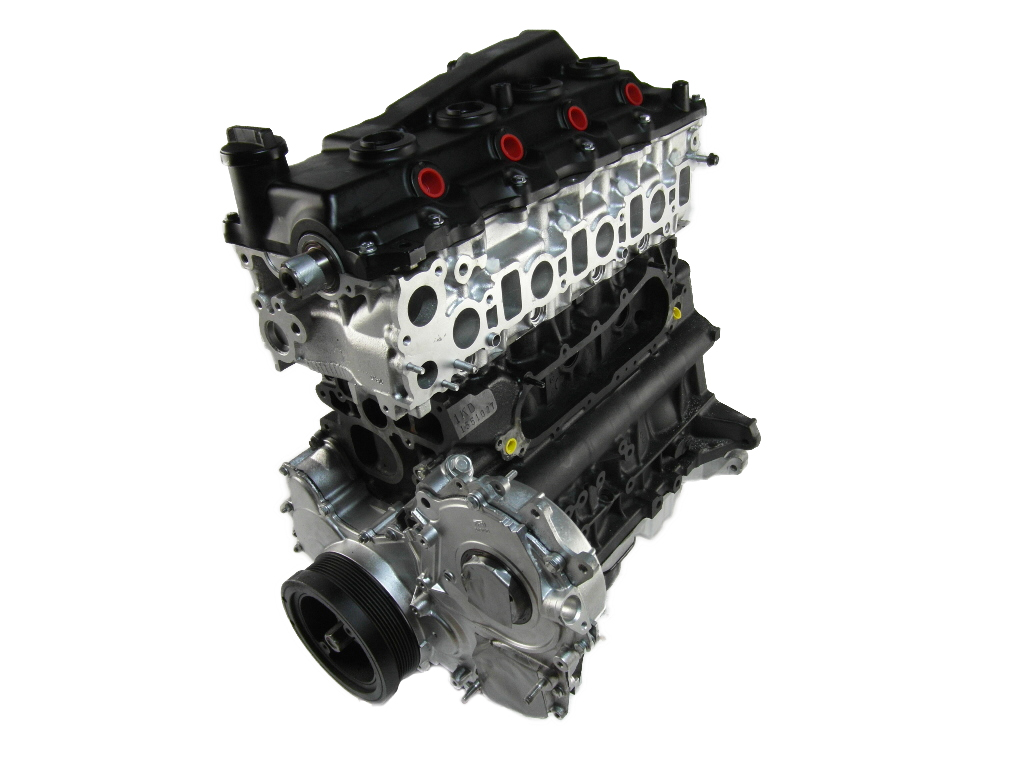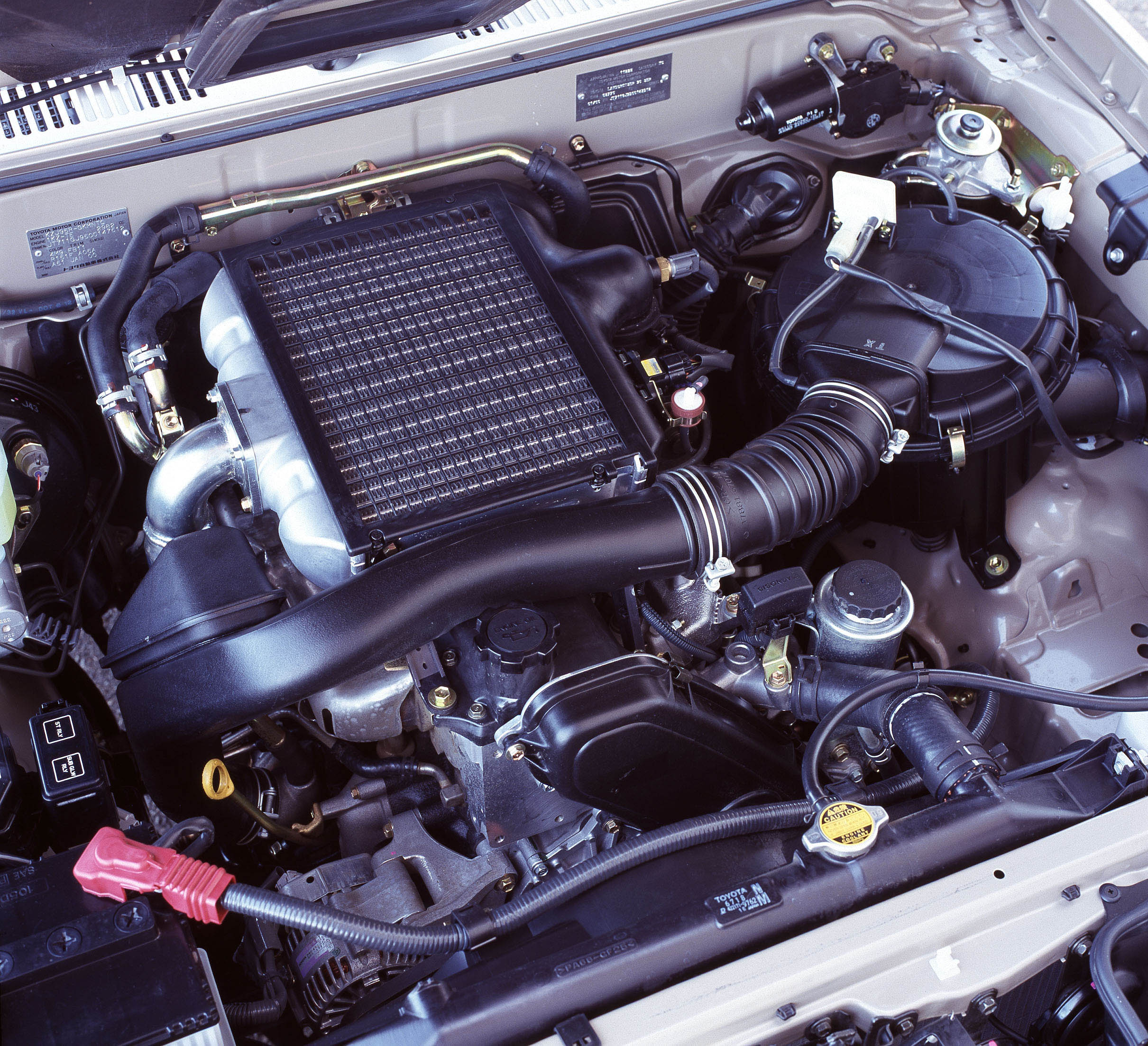Introduction
Mazda’s P5-VPS and P5-VP (RS) were 1.5-litre four-cylinder petrol engines. Marketed under Mazda’s ‘SkyActiv’ label, the P5-VPS was first offered in the Mazda DJ Mazda2 (in standard V-P5 and higher-output F-P5 forms), followed by the P5-VP (RS) in the Mazda ND MX-5 from 2015. For simplicity, this article will refer to these engines generally as the 1.5 SkyActiv-G.
| Code | Model | Engine | Trans. | Power | Torque | C.R |
|---|---|---|---|---|---|---|
| P5-VPS (V-P5) |
Mazda DJ Mazda2, Mazda DL Mazda2 |
1.5-litre petrol I4 | 6sp man., 6sp auto |
79kW at 6000rpm | 139Nm at 4000rpm | 12.0:1 |
| P5-VPS (F-P5) |
Mazda DJ Mazda2, Mazda DL Mazda2 |
1.5-litre petrol I4 | 6sp man., 6sp auto |
81kW at 6000rpm | 141Nm at 4000rpm | 13.0:1 |
| PR-VP (RS) | Mazda ND MX-5 | 1.5-litre petrol I4 | 6sp man., 6sp auto |
96kW at 7000rpm | 150Nm at 4800rpm | 13.0:1 |
Cylinder block
The 1.5 SkyActiv-G engine had an aluminium alloy cylinder block with 74.5 mm bores and an 85.8 mm stroke for a capacity of 1496 cc. While the P5-VPS engines for the DJ Mazda2 had a cast iron crankshaft, the P5-VP (RS) engine for the Mazda ND MX-5 had a steel crankshaft to support that engine’s higher speeds.
Cylinder head
The 1.5 SkyActiv-G had an aluminium alloy cylinder head with chain-driven double overhead camshafts that actuated four valves per cylinder via roller rocker arms. While the P5-VPS engine had a 6800 rpm redline, the steel crankshaft, different cam timing and rotating parts of the Mazda ND MX-5’s P5-VP (RS) engine raised its redline to 7500 rpm.
Dual Sequential valve timing (Dual S-VT)
The 1.5 SkyActiv-G had Mazda’s ‘Dual Sequential Valve Timing’ (or Dual S-VT) which controlled intake and exhaust valve timing according to operating conditions. As such, fuel economy could be enhanced at light loads and knocking suppressed on start-up. Furthermore, the system reduced pumping losses under light loads by delaying intake and exhaust valve closing to increase internal exhaust gas recirculation (EGR) volume for maximum effectiveness.
For the higher output P5-VPS engine (referred to as F-P5) and the Mazda ND MX-5’s P5-VP (RS) engine, intake valve timing varied by an electric motor rather than conventional oil-pressure. It is understood that electronic control enabled intake valve timing to be varied at low engine speeds to reduce pumping losses caused by internal exhaust gas recirculation (EGR).
Injection and compression
The 1.5 SkyActiv-G engine had direct injection via six-hole injectors. The evaporation of the fuel after its injection into the cylinder provided a cooling effect and suppressed knocking. The 1.5 SkyActiv-G engine had high tumble intake ports to generate a tumble (or vortex) effect within the combustion chamber for a more uniform air:fuel distribution, faster combustion, to suppress knocking and improve torque output.
While the V-P5 version of the P5-VPS engine had a compression ratio of 12.0:1, the F-P5 version and the Mazda ND MX-5’s P5-VP (RS) engine had compression ratios of 13.0:1.
Exhaust systems
The exhaust system for the 1.5 SkyActiv-G engine had a pre-silencer positioned between the catalytic converter and low back pressure main silencer to reduce exhaust gas pressure, thereby enhancing torque output at low engine speeds.
The F-P5 version of the P5-VPS engine and the Mazda ND MX-5’s P5-VP (RS) engine had a 4-2-1 exhaust system whereby the four exhaust pipes running from the engine first collected into pairs and then into a single pipe. This provided extra distance for the exhaust gases to travel from individual cylinders before merging, thereby lessening the effect of reflected waves reaching another combustion chamber. Furthermore, the loop design of the exhaust pipe allowed the large-capacity catalytic converter to be positioned near the engine.
i-stop
The F-P5 version of the P5-VPS engine was fitted with Mazda’s ‘i-stop’ cylinder deactivation system. While conventional idle stop systems relied solely on a starter motor to restart the engine, Mazda’s i-stop used combustion and the starter motor in combination. Specifically,
- Fuel would be injected into the cylinder and ignited to generate downward piston force; and,
- The electric-powered stater motor would be used to provide some momentum during the initial restart phase.
To restart the engine using combustion, the cylinders had to be shut down in the ignition/expansion stroke for SkyActiv-G engines. As such, i-stop differed to conventional systems which only identified which cylinder was in the correct stroke position after the start motor had turned the crankshaft to commence the restart, a process which delayed restart and required extra energy. According to Mazda, its restart times of 0.35 seconds for the 1.5 SkyActiv-G was an industry best.
Mazda ND MX-5: P5-VP (RS)
Compared to the P5-VPS engine in the DJ Mazda2, the P5-VP (RS) engine for the Mazda ND MX-5 had a unique intake system which included a variable fresh air duct (FAD) that opened a valve at higher engine speeds to reduce the length of the air intake manifold to increase power and torque at high engine speeds. Furthermore, an air guide duct that was integrated into the fresh air duct used the air blowing from the electric fan to remove exhaust heat from the engine compartment – this made it possible to maintain intake efficiency even when heat increased.
Other changes for the Mazda ND MX-5’s P5-VP (RS) engine included the steel crankshaft (noted above), cam timing and rotating parts – these raised the redline for the P5-VP (RS) engine to 7500 rpm and increased torque throughout the rev range. Unlike the P5-VPS engine, the P5-VP (RS) was not fitted with i-stop.













